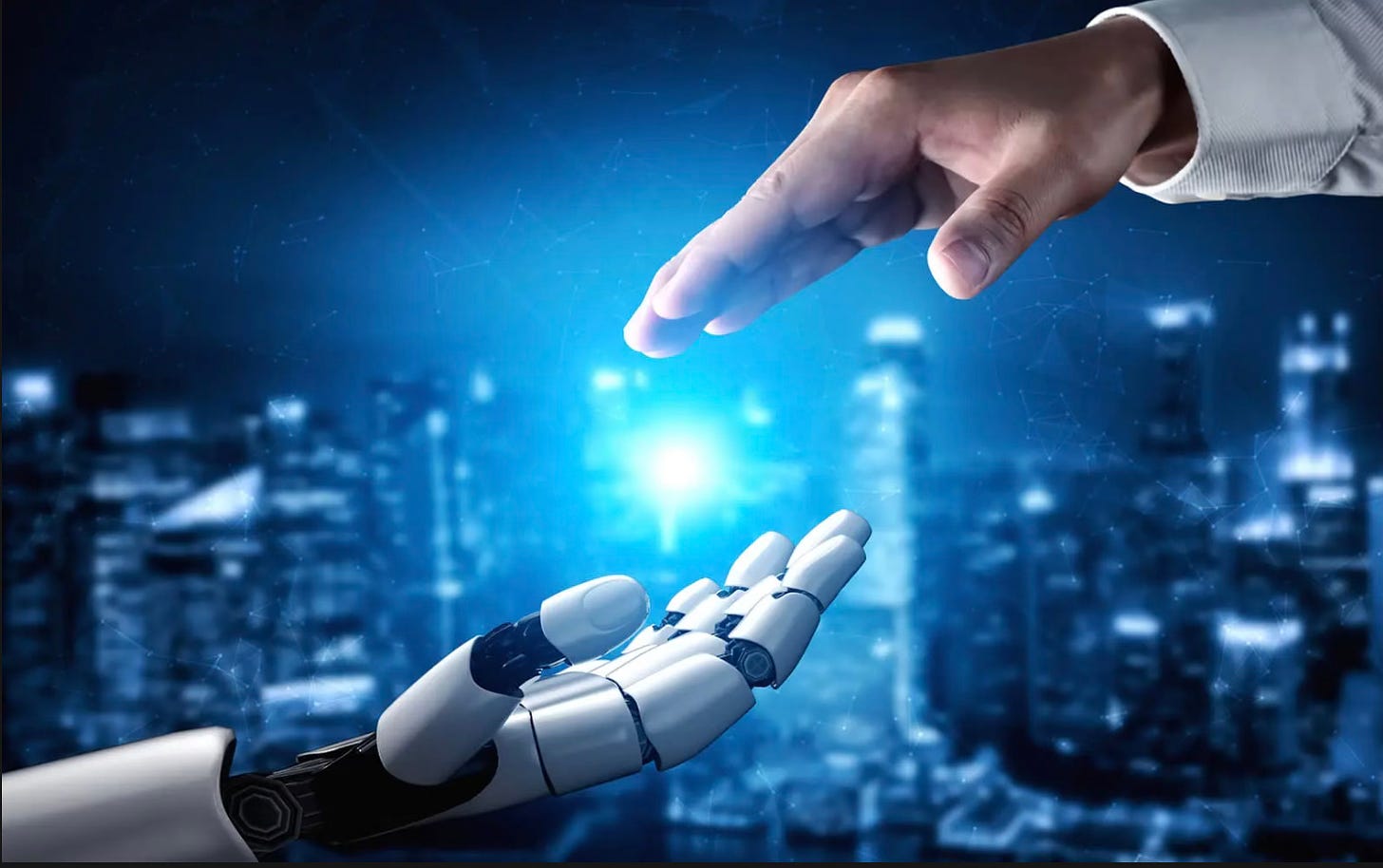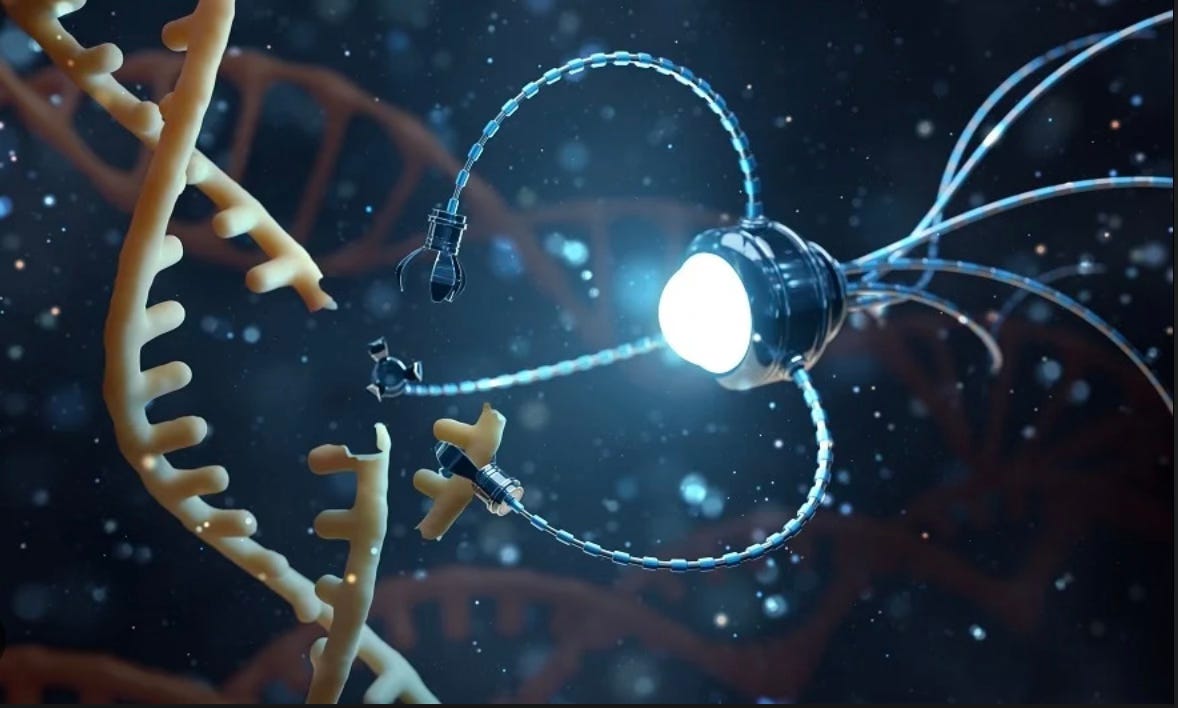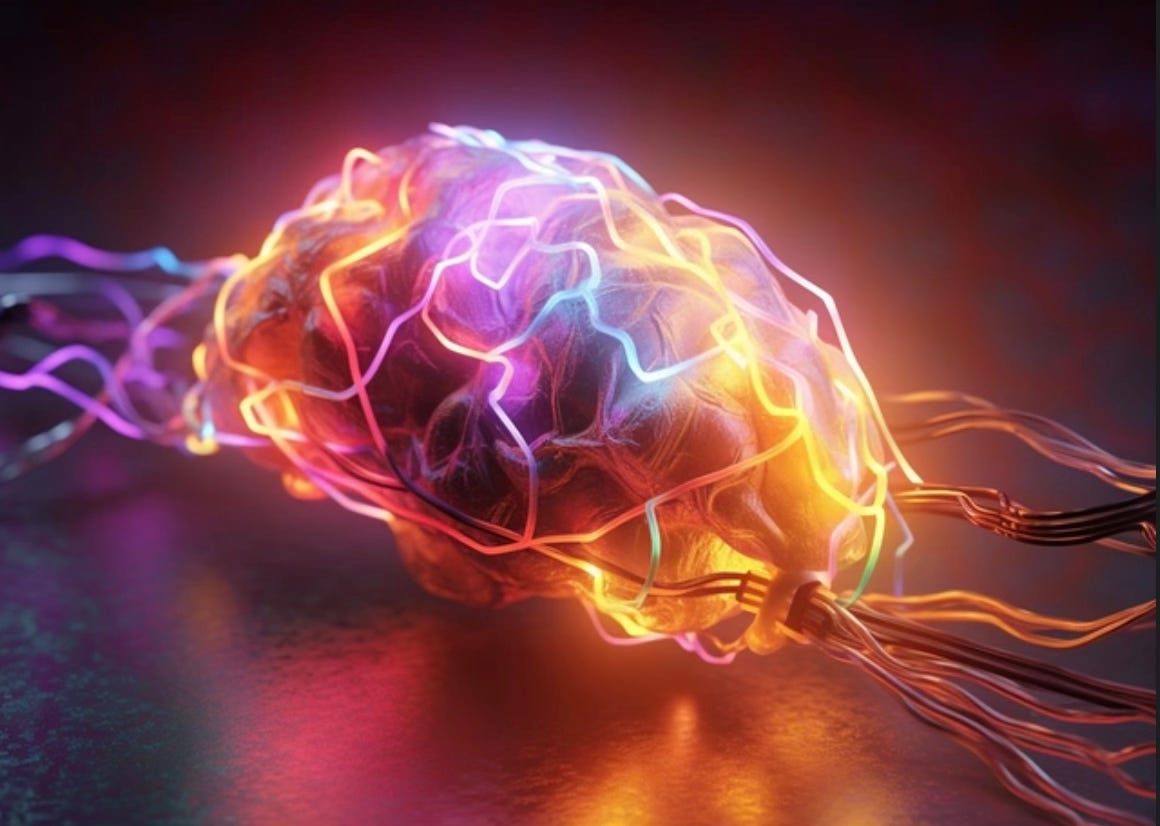The Fountain Of Youth: More Than A Myth?
In this article, we’ll be exploring immortality. Nope, no catch - all fact.
The inexorable nature of death has been relentlessly challenged by humans, who refuse to believe there isn’t a way to prevent or postpone the event we dread our entire lives. Scientists have managed to cure diseases, cleanse water and achieve a number of other notable things that have allowed us to live for up to 100 years - but for some people, this is not enough.
Experts have deemed immortality technology closer than we think. Recent breakthroughs in AI have sparked interest in eager scientists trying to find small windows into the world of immortality.
“Experts have deemed immortality technology closer than we think…”
- Ahrin Jain, Chief Writer for NTS NEWS
The first traces of the technology originated with the idea that deceased people could be recreated in an artificial form. A South Korean company explored technology that utilises AI to reunite a heartbroken mother with her daughter, who died at the age of 7. Using a mixture of Artificial Intelligence and VR technology, the company managed to recreate what a conversation might have been between the mother and child, which has led to further ideas of technology that play around with life and death.
“NANOBOT” IMMORTALITY
The method we’ve come closest to for immortality is what’s called ‘nanobot immortality.’
Ray Kurzweil, a scientist who worked at Google, has made many predictions in the past that, whilst they seemed impossible or far-fetched, have been surprisingly accurate. Recently, Kurzweil shared a theory of immortality and that it could be attained in the next decade. The reasoning behind this shocking statement has multiple factors, but the two main elements are Artificial Intelligence and the help of “nanobots.”
A nanobot is currently a completely hypothetical technology, but in theory it can access many parts of the body because of its minuscule size. Research has shown that nanorobotics’ optimal use would be repairing the body in various areas, on a cellular level, that aren’t so easily accessible to regular medical technology.
According to Kurzweil, this technology could be inserted into human blood cells, and then be controlled not by humans, but by Artificial Intelligence. The scientist has enthusiastically shared why this would happen in a few years rather than now, stating that he believes AI will pass the Turing test by 2029. The test, created by Alan Turing (hence the name) has, for decades, managed to differentiate between humans and computers, as only humans can solve it. If AI manages to successfully pass the test, this would show that it has gained a human level of intellect, pushing beyond any previous technology created by humans. At this stage, AI would be ready to fuel the microscopic nanobots.
Once AI is plugged into the world of nanorobotics, the possibilities would become vast. With the help of human-intelligence level AI, nanobots will - according to Kurzweil’s predictions - flow through the bodies of some lucky humans, powering through their arteries and other parts of their bodies. If everything went accordingly to plan, the nanobots would not only keep the humans extremely healthy, but also “upload” their brains to “the cloud.”
By this, we mean the nanobots would scan the human brain (this would be possible, thanks to the power of AI) and transmit a copy of all the data in the brain onto a cloud. This cloud would store all of the thoughts, memories, emotions and everything else that goes on in the brain. It’s like uploading a document to iCloud - the text would be stored on the device as well as the cloud, purely for extra backup.
Once this is possible, a duplicate, a copy and a sliver of your former self will be retained on Earth, theoretically forever. You’d have all of your memories, emotions and everything else from your mortal life. Mind uploading would, in other words, preserve people for an indefinite lifespan, like an afterlife in myths, but instead of going to the underground world to be judged by Hades, you’d remain in the mortal world.
If Kurzweil’s skepticism-earning statements become reality, it’s very possible that immortality could be a legitimate thing that people would explore. The drawbacks, however - the idea’s adversaries have stated - outweigh the reward that could be gained. Firstly, uploading a mind to the cloud would pose an incredibly high security risk - if one shrewd hacker found a way past the cloud’s security, one person would never have any form of privacy. This could also be dangerous - if someone like a CIA agent or the president chooses to upload their mind, and it’s later hacked through, this would be detrimental to not only the hacked person, but sometimes up to millions of others. In other words, opponents to the theory of immortality argue that uploading minds would just be another method that hackers use to leak information.
An even deeper - and more controversial - issue that has been brought up is whether uploaded minds are really the same thing as a real, mortal, tangible mind. If an uploaded mind has the same memories, emotions, thoughts and imagination, and is an identical duplicate of the brain that’s been copied, does that really mean they share the same consciousness, the same soul, the same spirit?
Others contradict this point with the belief that consciousness or the “soul” or “spirit” that “lives” inside of your body is generated by the process of experiencing emotions, thoughts and sensations, so the same mind would produce an identical consciousness creating a another “copy” of yourself.
Is the security risk worth it? Will the two souls that live in and out of the mind be replicas of each other? Is now too early to start exploring the technology, and is 2029 too early to actually start tampering with it?
The idea of immortality has been challenged relentlessly, but it exists. This wild theory, this shocking statement, this incredible idea remains, giving the small sliver of possibility to the word “immortality.”
But should it?
Thank you for reading this article! Have a great day.
Image sources: UniVon, G Gadgets & AZoNano
Research sources: Entrepreneur, Mashable SEA, Livemint, UNILAD, Intertesting Engineering, Slate, New Scientist, The Verge, Analytics Vidhya, Syfy, Yahoo Finance, The Jerusalem Post, Popular Mechanics, Daily Mail, The Guardian, Business Today, New York Post, Futurism, Economic Times, Forbes, NDTV & IFL Science.





